
MicroCloud Hologram Inc. Revolutionizes Anomaly Detection with DeepSeek Optimizations for Autoencoders
MicroCloud Hologram Inc. Unveils Enhanced Anomaly Detection through Advanced Model Optimization
In a groundbreaking announcement, MicroCloud Hologram Inc., listed on NASDAQ under the ticker HOLO, has made significant strides in the field of anomaly detection technology. They have revealed a sophisticated optimization of stacked sparse autoencoders utilizing the state's cutting-edge DeepSeek model. This innovation is expected to breathe new life into anomaly detection capabilities, providing an efficient solution crucial for various industries where data integrity is paramount.
The foundation of this optimization lies in data quality, which is essential for model performance. The preprocessing stage gathers behavioral data characterized by multiple features, which often have diverse dimensions and numerical ranges. To tackle this challenge, MicroCloud has implemented a normalization processing technique. Normalization is a critical data preprocessing method that scales features to a standardized range, typically between 0 and 1, or -1 and 1. This ensures that data across different features can be compared and analyzed uniformly, thus avoiding scenarios where certain features might skew model training due to larger value ranges.
In the context of MicroCloud’s detection initiative, normalization has significantly improved model training efficiency. It establishes a robust foundation for future feature extraction which aligns the processed data with the input requirements of deep learning models, enabling a more accurate learning of intrinsic patterns. Once the data preprocessing is finalized, it is fed into the stacked sparse autoencoder model, an advanced deep learning architecture made up of several autoencoder layers. Each layer is dedicated to extracting features at different levels.
Utilizing the DeepSeek model, MicroCloud adjusts the sparsity constraint dynamically. This technique ensures that the features learned by the autoencoder layers are both sparse and representative. By fine-tuning the sparsity constraint, the model captures core information in the data while minimizing redundancy among features. To elaborate, an autoencoder functions as an unsupervised learning model, encoding input data into a lower-dimensional representation via an encoder, and then reconstructing the original input data through a decoder. The model learns feature representations through a hidden layer nestled between the encoder and decoder components.
A key innovation in MicroCloud's stacked sparse autoencoder is the incorporation of a greedy, layer-wise training strategy facilitated by the DeepSeek model. This method optimizes parameters of each autoencoder layer incrementally, beginning with the lower layers that capture fundamental features of input data. Subsequently, the outputs from lower layers serve as inputs to the next layers, further refining feature extraction progressively. This structured approach allows the model to gradually uncover complex relationships within the data, enhancing its expressive capabilities significantly.
Moreover, the model's training incorporates a denoising regime, in which random noise is added to the input data. This approach equips the model to reconstruct the original data despite the noise, promoting the learning of resilient feature representations. Consequently, this enhances the model's ability to detect anomalies even in the presence of noisy data, a common occurrence in real-world applications.
In terms of reducing overfitting—a common challenge in deep learning—MicroCloud integrates the Dropout technique into the training process. Overfitting refers to a model's strong performance on training data yet poor performance on unseen samples. Dropout mitigates this by randomly deactivating a subset of neurons during training, promoting a more generalized learning across features and preventing reliance on specific neurons.
Additionally, the DeepSeek model leverages a distributed computing framework, allowing tasks to be executed across multiple computational nodes concurrently. This significantly accelerates training times and enhances overall efficiency. The utilization of a pretraining-phase followed by fine-tuning further expedites model convergence and boosts performance metrics.
MicroCloud’s dedication to optimizing their stacked sparse autoencoders through the DeepSeek model signifies a pivotal advancement in the realm of anomaly detection. This innovative technology supports architecture design, training strategies, feature learning, and generalization abilities, positioning MicroCloud at the forefront of holographic technology services.
About MicroCloud Hologram Inc.
MicroCloud Hologram Inc. is committed to delivering leading-edge holographic technology services globally. Their service offerings include high-precision holographic light detection and ranging (LiDAR) solutions, proprietary algorithm architectures for holographic LiDAR, innovative imaging solutions, sensor chip designs, and intelligent vision technologies for vehicle applications. Moreover, they provide holographic digital twin technologies, essential for capturing 3D object shapes and forms. For further information, visit MicroCloud Hologram.
Topics Consumer Technology)




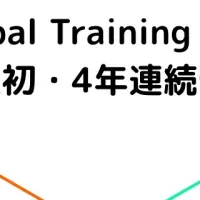
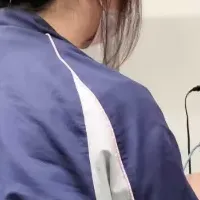
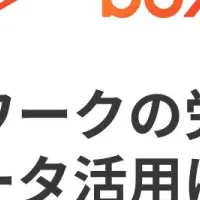
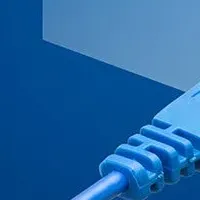
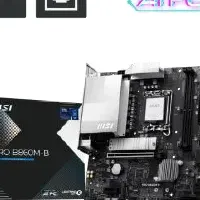
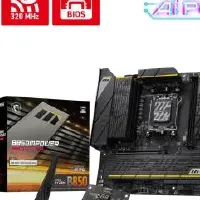
【About Using Articles】
You can freely use the title and article content by linking to the page where the article is posted.
※ Images cannot be used.
【About Links】
Links are free to use.